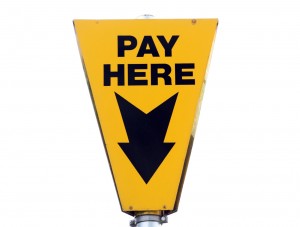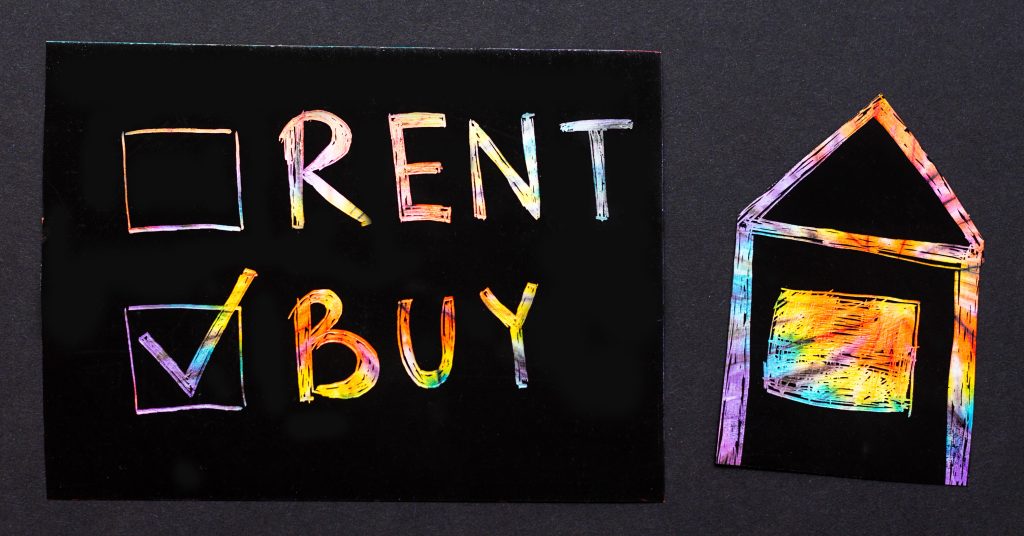So you haven’t received any rental payments in a while, what should you do?
1. Notify the tenant of outstanding rental payments
A tenant’s failure to pay rental could be due to financial constraints, so the first reasonable step would be to provide the tenant with a written demand for payment. Lawyers like Alfred Chong advise beginning with a formal notice – by registered mail, or even by an instant messaging service (as long as proof of delivery and receipt can be documented).
According to Alfred Chong, this demand for payment can be combined with an eviction notice providing a grace period of one month for the tenant to vacate the premises.
2. Charge double rental
Associate Director of Hartamas Real Estate Group and Director of the Malaysian Institute of Estate Agents (MIEA) Christopher Chan suggests including a mention of double rental, in addition to standard rental in arrears, in the eviction notice. Being charged double the normal rental rate could pressure the tenant into vacating the premises.
Double rental is calculated from the date the tenant is supposed to surrender vacant possession of the premises until the date of actual surrender.
3. Disconnect utilities
According to Asian Land Realty Sdn Bhd Director Warrick Singh, “The legal means of eviction tend to take ages – but many owners will get Tenaga Nasional to disconnect the service after serving two days notice to the tenant (if the electricity supply is registered in the property owner’s name).
However, Alfred Chong advises caution – even if specified in the tenancy agreement, disconnecting utilities could cause suffering to a tenant who is dependent on life-support machinery and render the property owner liable for damages.
4. Attempt to reach a compromise
Many of the experts we consulted agree that pursuing judicial means of compelling a tenant to pay up or vacate the property may be lengthy and costly procedures that could, in the professional opinion of Chur Associates’ Chris Tan, “take approximately three to six months at the Sessions Court” and cost “between RM7,000 and RM25,000 depending on the circumstances of the case”.
Instead of pursuing potentially lengthy and costly litigation to recover rental and evict a tenant, Alfred Chong recommends attempting to reach common ground, “The parties should sit down with a neutral mediator to reach a compromise. Once a common ground can be found, the parties involved can find solutions.”
5. Litigate
If all else fails, you may have to pursue legal action to recover any rental in arrears and get the tenant to surrender vacant possession of the property. With the services of a professional lawyer, some of the various avenues of litigation available to property owners include filing for an eviction order, or a writ of distress – which enables the recovery of rental by way of a bailiff seizing and placing the tenant’s assets on public auction.
For your protection, the lawyers we consulted strongly advise against changing locks without a court-issued eviction order in hand.
Read on to find out how to evict tenants who have overstayed their welcome or have not paid their dues.
With contributions from Alfred Chong, Christopher Chan, Warrick Singh, and Chris Tan.

Associate Director of Hartamas Real Estate Group and Director of the Malaysian Institute of Estate Agents (MIEA) Christopher Chan























































